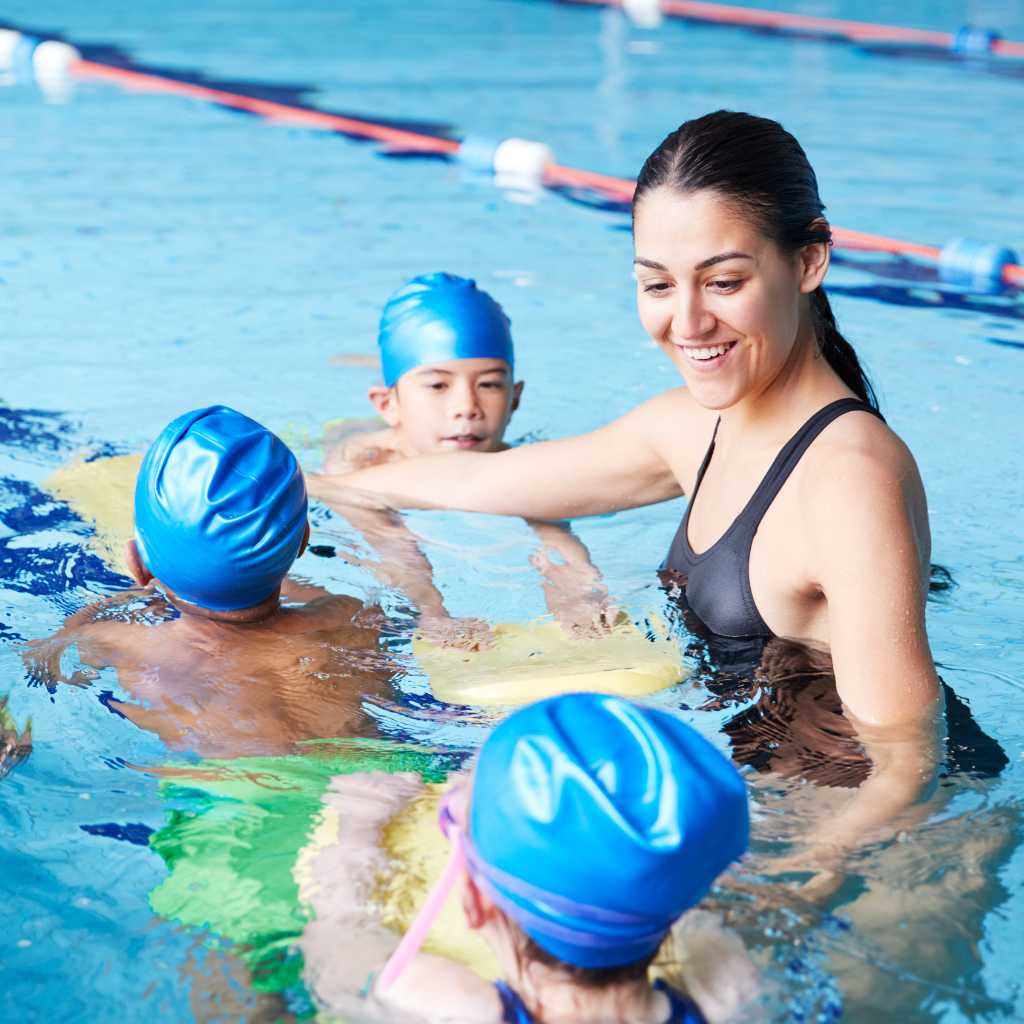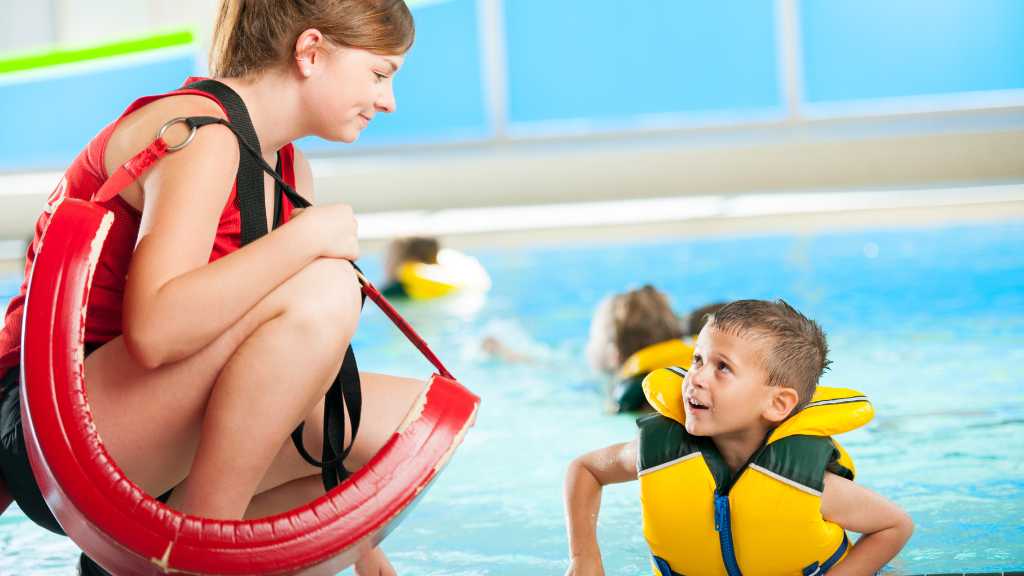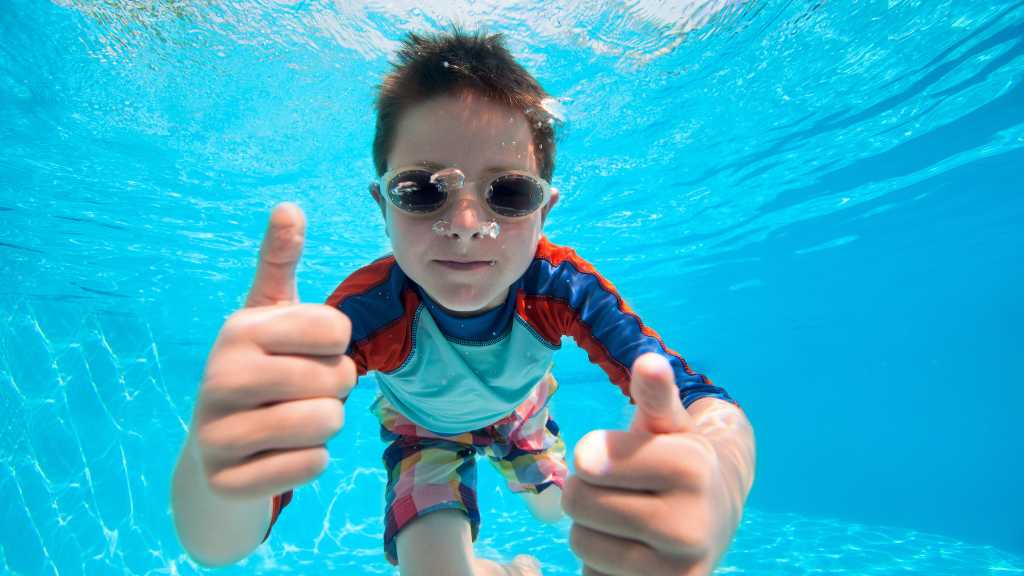Table of Contents
Should children with autism learn how to swim?
Swimming isn’t just a fantastic sport; it’s a life-saving skill. The relationship between swimming and autism is crucial, especially considering that accidental drowning is the leading cause of death among children with autism. Shockingly, these children are 160 times more likely to drown than their neurotypical peers.
So, should children with autism learn how to swim? Absolutely! While autism can bring challenges like sensory sensitivities, communication barriers, and fears of water, with the proper professional support and specialized swimming lessons, children with autism can learn to swim safely.
Given the rising number of water-related incidents involving children with autism, it’s vital to emphasize the importance of water safety. In this ABA Centers of Tennessee blog, we aim to equip parents, educators, and caregivers with four effective strategies to ensure children with ASD stay safe in pools, beaches, lakes, and any aquatic environment.
Swimming and Autism: Preventing Drowning Hazards
Water can be fun and relaxing for any child, but it can also pose serious dangers, especially for those with autism, who often feel a unique attraction to it. This fascination, combined with the unique characteristics of the autism spectrum, can increase the risk of accidents, particularly when children tend to wander.
The autism spectrum is incredibly diverse, and each child exhibits traits and challenges that influence their behavior. For instance, while some children may have a profound fear of water, others may be irresistibly drawn to it because of their sensory needs. Unfortunately, this natural curiosity can escalate into a dangerous situation, especially when communication barriers prevent a child from expressing an interest in water, making it difficult for parents to take timely precautions.
Wandering is a concerning behavior in many children with autism. According to Autism Parenting Magazine, nearly half of children with autism have attempted to run away after the age of 4, with many being gone long enough to cause alarm. This behavior is particularly worrying when there are pools, beaches, lakes, or other bodies of water nearby.
In addition to the tendency to wander, other challenges associated with autism—such as anxiety, difficulty detecting danger, and the inability to recognize authority figures or ask for help—can further complicate these children’s interactions with water. These factors increase the risk of dangerous situations.
A tragic example that underscores this concern occurred in Sutton, Massachusetts, where a four-year-old girl with autism was found lifeless in her neighbor’s pool, reported NBC Boston. This incident is not an isolated case; over the past decade, the number of accidents involving children with autism in bodies of water has been increasing, highlighting the urgent need to address the relationship between swimming and autism.
It’s not just about teaching them to swim but adopting a comprehensive therapeutic approach that helps them develop skills to handle dangerous situations and reduce the risk of wandering. Swimming can be a powerful tool not only for safety but also for the overall well-being of children with autism, helping them face challenges more safely and effectively.
What Are the Benefits of Learning How to Swim in Children with Autism
Learning to swim is vital for any human, but for children with autism, swimming offers benefits that go far beyond water safety. Studies from the National Library of Medicine have shown that aquatic training programs, whether technical or game-based, significantly improve gross motor skills and reduce stereotyped behaviors in children with ASD. The link between water exercise and motor development is so strong that many experts now recommend swimming as part of the physical education curriculum in schools and specialized centers.

Beyond physical benefits, swimming also fosters social interaction and communication in children with autism. While improvements in emotional regulation might require a longer-term approach, aquatic activities remain a valuable tool that helps these children function better in their environment and gain confidence. The combination of movement, play, and water interaction not only enhances motor development but also opens up new avenues for expression and connection with others. These benefits make swimming an integral part of the growth and overall well-being of children with autism.
Four Keys to Keeping Children with Autism Safe Around Water
At ABA Centers of Tennessee, we prioritize the safety of children with autism, especially when it comes to water-related risks. The combination of swimming and autism introduces unique challenges, but with the proper support, parents, caregivers, educators, and the community can create a safer and more aware environment.
- Inform and Educate Your Community
Preventing accidents starts with a thorough understanding of autism and its challenges. Knowing your child’s specific needs and anticipating risks is crucial. Equally important is educating those around you, like neighbors with pools, about the importance of extra precautions, such as installing safety fencing. These conversations can be life-saving and prevent potential tragedies.
- Integrate Therapeutic Support Through ABA Therapy
ABA therapy is an invaluable tool for teaching essential skills to children with autism, ranging from communication to social interaction. This therapy can also focus on training children in water-safe behaviors, such as holding onto the edge of a pool or recognizing danger signs. Ask your child’s therapist to include exercises that reinforce water safety, help reduce wandering behaviors, and increase your child’s capacity to respond appropriately in emergencies.
- Use Visual Aids and Games for Education
Teaching water safety to a child with autism can be challenging, but visual aids and games make the learning process more effective and enjoyable. Organizations like the American Red Cross provide resources designed to teach about swimming and autism, providing parents and children with tools to explore the dangers and necessary precautions together.
- Reinforce Positive Behaviors
Positive reinforcement is a cornerstone of ABA Therapy and is particularly effective for children with autism. It is essential to practice and reward safe behaviors, such as staying close to an adult. Each time your child follows safety rules, reward them with praise, a favorite object, or a gesture of recognition. These small acts can lead to significant changes, encouraging the repetition of behaviors that ensure their well-being.
Find More Support in ABA Therapy with ABA Centers of Tennessee
ABA (Applied Behavior Analysis) therapy is a crucial tool for the development of children with autism. It offers a specialized, personalized approach that can significantly impact their lives. At ABA Centers of Tennessee, we recognize that each child is unique. Our specialists craft the programs to help them thrive, gain independence, and reduce behaviors that could pose risks.
We understand that swimming and autism require special attention. At ABA Centers of Tennessee, we offer effective in-clinic and in-home therapies, and we can also accompany your child to swim lessons if you’re unavailable. Our therapists can integrate water safety lessons into your therapy plan, ensuring your child is well-prepared to handle any situation.
If you’re ready to take this critical step toward your child’s safety and development, we invite you to contact us. Whether you’re in Brentwood, Hendersonville, Nashville, or Madison, we’re here to assist. Call us at (844) 423-9483 or fill out our online contact form. Remember, taking proactive steps is the first line of defense in safeguarding your child with autism!








